17 Home Remedies For Swollen Feet, Symptoms, And Treatments
Follow the remedies and let your swollen feet no longer slow you down.
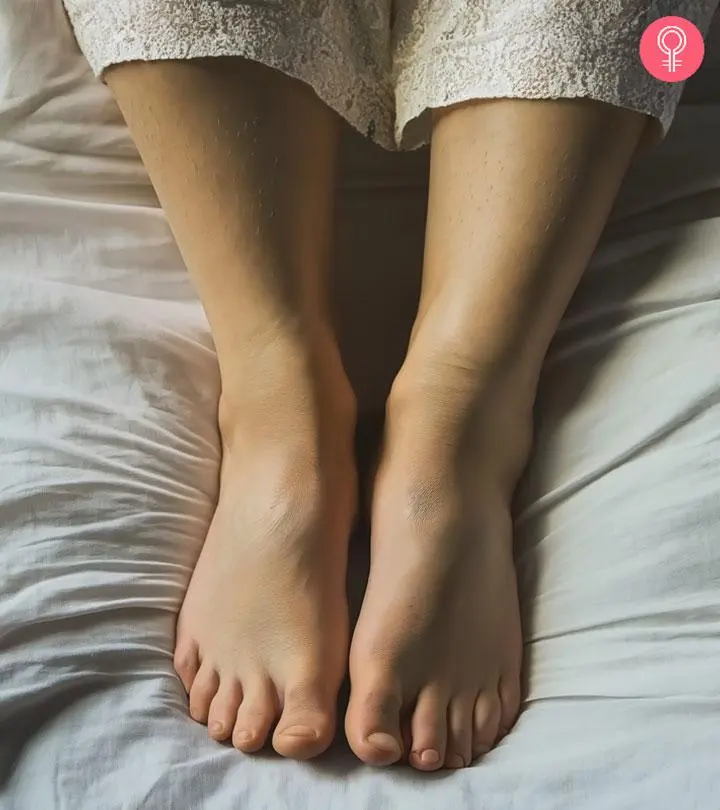
Image: Midjourney/ StyleCraze Design Team
Swollen feet feel heavy and ache endlessly. If you want to reduce the swelling in your feet effectively, you have come to the right place. Here, we have listed the home remedies for how to treat swollen feet. But first, let’s learn some more about swollen feet.
Any swelling in the body is called edema. It causes the accumulation of body fluids in a particular region. (Here, it is the feet.) Long, exhausting days and wearing high heels are some factors that can cause swelling in your feet. This swelling is persistent. It may take a few days to subside and disrupt your daily routine.
In some cases, foot swelling can be due to an underlying medical condition. But if it is not caused due to a medical condition, it can be managed effectively with some natural home remedies. You can relieve the discomfort of swollen feet by following them. In this article, we have discussed everything about swollen feet and compiled a list of home remedies to handle them. So, what are you waiting for? Have a look!
In This Article
What Are Swollen Feet?
Medically, any swelling in the body is called edema. When the body fluids accumulate in one part of the body, in this case, the feet, they become swollen. This swelling can or cannot be accompanied by pain, and it depends on the cause of the swelling (1, 2).
From research, 19.1% of adults in the United States had persistent swelling in their ankles or feet in 2016. Comparing those in the normal weight range to those who were obese, the likelihood of reporting peripheral edema was increased by 2.3 times.
Dr. Matt Tanneberg, DC, CSCS, a sports chiropractor, says, “Swollen feet and ankles can come from a multitude of different health issues that can be inconsequential or need attention. Dehydration and previous injuries are the other common sources of swelling in the feet and ankles. If you have previously rolled your ankle, sprained a ligament, strained a muscle, etc., our bodies can still treat that area like a problem and continue to send inflammation to try and heal it. Another typical problem, in relation to how swelling in the feet and ankles occurs, is restricted blood vessels.”
 Trivia
TriviaHere are some easy remedies and practices that will give you an insight into how to get rid of swollen ankles fast and right in the comfort of your home. They are all easy to do and very cost-effective. Most of them use equipment and cures that are found in every home. Want to know how to reduce swelling in feet? If yes, then keep reading to find the answers.
How To Reduce And Treat Swelling In Feet Naturally
- Epsom Salt
- Tonic Water
- Contrast Baths
- Baking Soda
- Essential Oil Soak
- Lemon Solution
- Apple Cider Vinegar
- Parsley
- Barley Water
- Coriander Seeds
- Ginger Essential Oil
- Grapefruit Oil
- Ice Pack
- Dandelion Tea
- Cucumber
- Cabbage Leaves
Home Remedies For Swollen Feet
1. Epsom Salt
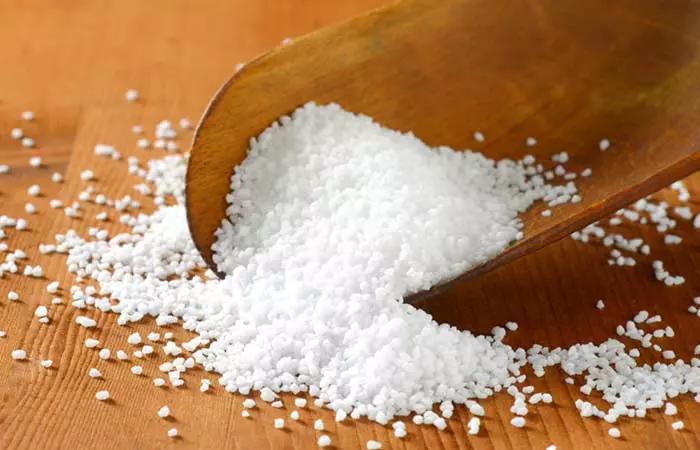
You Will Need
- 1/2 cup Epsom salt
- A bucket or tub
- Warm water
Note:
Depending on the level of swelling, you could add up to 2 cups of Epsom salt per bath.
What You Have To Do
- Fill half the bucket with warm water.
- Add salt to it and mix well.
- Soak your swollen feet in this saline solution for 10-15 minutes.
You can also use common salt instead of Epsom salt.
How Often You Should Do This
You can try this remedy any time you experience swelling. It is best done at night before retiring to bed.
Why This Works
This is probably the most common remedy for tired and swollen feet. Epsom salt contains crystals of hydrated magnesium sulfate. These are very useful in curing muscle soreness and will give you immediate relief (3).
2. Tonic Water
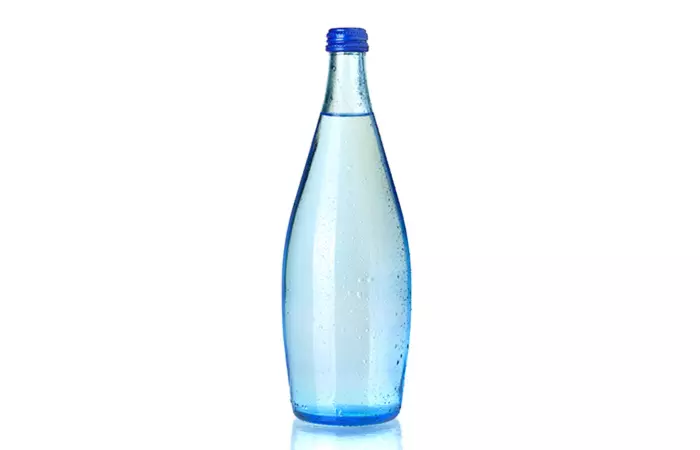
You Will Need
- Tonic water
- A tub
What You Have To Do
1. Fill the tub with enough tonic water to cover your entire foot (or feet). The tonic water should be cool or at room temperature.
2. Soak the affected foot in this water for 10-15 minutes.
3. Rinse the area using regular water later.
How Often You Should Do This
Use this if you have swollen feet and have tonic water handy at home.
Why This Works
For those of you living in the medical Dark Age, tonic water is carbonated water to which a little quinine has been added. Initially used as a cure for malaria, tonic water is also a good way to reduce the swelling of the feet. The quinine acts as an anti-inflammatory agent and the fizz in the carbonated water is a great relaxant (4).
3. Contrast Baths

You Will Need
- Hot water
- Cold water
- 2 buckets
What You Have To Do
1. Fill half a bucket with hot water and half of the second bucket with cold water.
2. Soak your feet in the hot water bucket first for 10 minutes.
3. Switch to the cold water bucket for another 10-12 minutes.
4. Switch back to the hot water one last time. This time, soak your feet for five minutes.
How Often You Should Do This
A single routine of contrast bath will give you a lot of relief from the swelling.
Why This Works
This is another way to alleviate swelling of the feet, and it uses the easiest of all mediums – water. One of the best natural remedies for swollen feet. The different temperatures of water work by encouraging better blood circulation in the feet (5, 6). As a bonus, you get some free time to read, listen to music, indulge in some relaxation techniques such as meditation, or just chill!
Caution
Do not use scalding hot water.
4. Baking Soda
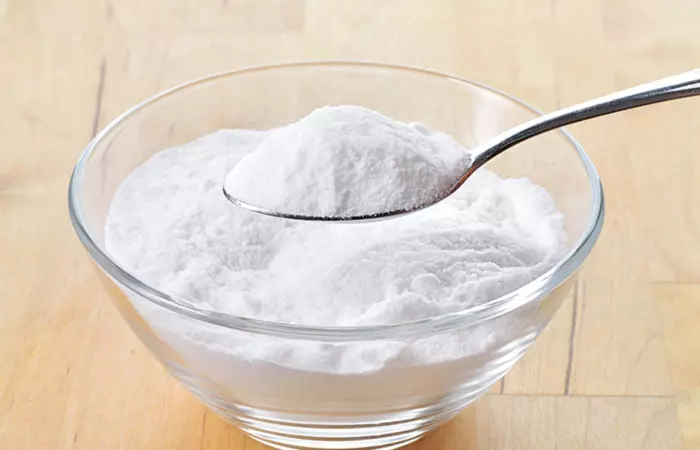
You Will Need
- 2 teaspoons baking soda
- 2 teaspoons rice water
What You Have To Do
1. Boil rice and use the starchy water that you get once the rice is almost cooked.
2. Mix the baking soda with the rice water to make a paste.
3. Apply it over your feet and keep it on for 10-15 minutes.
4. Rinse your feet with water and moisturize them to keep them soft.
You can also take a larger quantity of this paste, add some water to it and soak your feet in it.
How Often You Should Do This
Use this paste as a quick remedy to reduce the swelling in your feet.
Why This Works
This simple, unassuming ingredient has many remedial benefits. The baking soda in this mix possesses anti-inflammatory properties (7). In combination with the rice water, it absorbs the excess water that has accumulated in the feet. This remedy also improves blood circulation in the affected area.
5. Essential Oil Soak

You Will Need
- 3-4 drops eucalyptus oil
- 3-4 drops peppermint oil
- 3-4 drops lemon essential oil
- 3-4 drops lavender essential oil
- ½ bucket warm water
What You Have To Do
1. Pour the essential oils in the water and stir well. You can add ½ cup to 2 cups of Epsom salts to the soak to increase anti-inflammatory effects.
2. Soak your feet in this blend for 15 minutes.
3. Remove your feet from the water and pat them dry.
How Often You Should Do This
Repeat this remedy once every day until the swelling goes away.
Why This Works
Essential oils have nothing to do with the word ‘important’; they mean that the oils contain the ‘essence’ of a particular plant. Besides alleviating the swelling in the feet, the combination of essential oils used in this remedy also acts as a natural relaxant through its beautiful aroma (8, 9, 10).
6. Lemon Solution

You Will Need
- 1 teaspoon lemon juice
- ½ teaspoon cinnamon powder
- 1 teaspoon olive oil
- 1 teaspoon milk
What You Have To Do
1. Mix the ingredients to get a paste-y liquid.
2. Apply it all over your swollen feet.
3. Leave it on for a couple of hours. This remedy is best used as an overnight solution for swollen feet.
How Often You Should Do This
Do this before hitting the bed and have soft and swelling-free feet by the morning.
Why This Works
Lemon is commonly used both internally and externally for its anti-inflammatory properties (11). Cinnamon and olive oil also help in reducing swelling as they possess similar properties like lemon (12), (13). Olive oil will also nourish the skin on your feet and make it soft (14). Your feet will soak up all of these beneficial ingredients, and you will wake up without any swelling or stiffness.
7. Apple Cider Vinegar
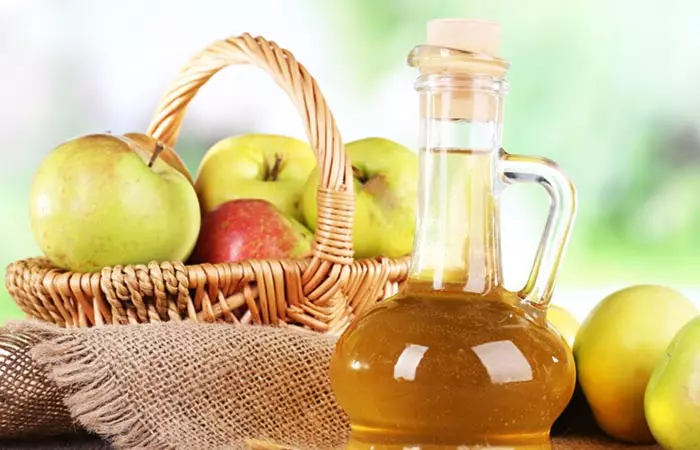
You Will Need
- 1 cup apple cider vinegar
- 2-3 cups warm water
- 2-3 cups cold water
- A towel
What You Have To Do
1. Mix half cup of ACV with warm water and the remaining half cup with cold water in separate bowls.
2. Soak the towel in the warm water first, wring out the excess, and wrap this around the swollen foot.
3. Leave the towel on until it comes down to room temperature.
4. Repeat the wrap with the cold water-vinegar mix. Leave this wrap on for about five minutes.
How Often You Should Do This
You can repeat this process once again after a couple of hours if the swelling does not subside.
Why This Works
Strange, but true. Apple cider vinegar, when applied to swollen feet and ankles, can provide immediate relief. The vinegar has an effective fluid absorption action, which makes the feet lose excess fluid build-up (15). Once the excess fluid is gone, the swelling and stiffness will vanish. This is one of the best swollen ankle remedies.
8. Parsley
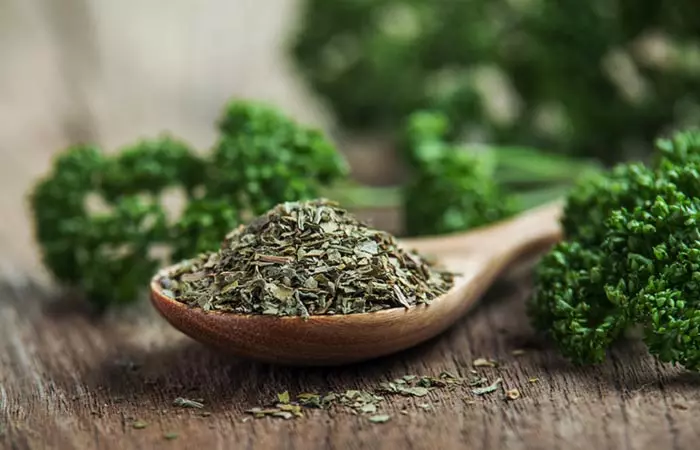
You Will Need
- 1 tablespoon dried parsley leaves
- A cup of hot water
What You Have To Do
1. Steep the leaves in hot water a couple of times.
2. Strain and drink while the tea is warm.
How Often You Should Do This
Drink two to three cups of this herbal tea in a day.
Why This Works
If fluid retention is the culprit behind your swollen feet, you can bust it with this herb. Parsley is a natural diuretic which will help the body expel the excess fluid that has accumulated in your feet. You can add some turmeric powder to this tea as it reduces inflammation and is commonly used as a remedy for foot pain. Parsley also has anti-inflammatory properties (16). Herbal remedies are easier to incorporate into your daily life than any other remedies.
 Quick Tip
Quick Tip9. Barley Water

You Will Need
- A handful of barley grains
- 1-2 cups water
What You Have To Do
1. Boil barley until the water takes on a light brown hue.
2. Strain and cool this solution.
3. Consume it either at room temperature or after cooling it in the refrigerator.
How Often You Should Do This
Consume 1-2 glasses per day.
Why This Works
I know it doesn’t really taste good, but this mixture is a wonderful diuretic. Barley helps the body wash out toxins that have built up due to fluid retention and brings down edema in the feet (17).
10. Coriander Seeds
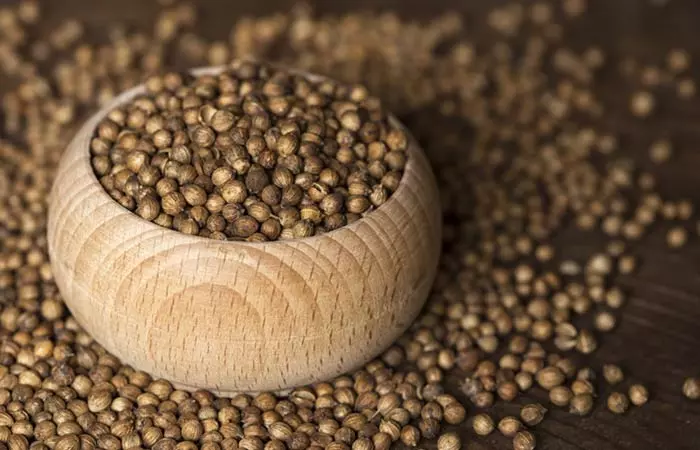
You Will Need
- 3 tablespoons coriander seeds
- 1 cup water
What You Have To Do
1. Boil the seeds in water until it reduces to half of its original volume.
2. Strain and drink this infusion.
You can also soak the coriander seeds in warm water for some time and grind them to make a paste. Apply this paste on the affected area a couple of times, and see the swelling go down in no time.
How Often You Should Do This
Drink this twice a day.
Why This Works
Being a diuretic, coriander will help the body easily eliminate the excess fluid in the swollen feet (18). The edema will go down once this happens and give you relief.
11. Ginger Essential Oil
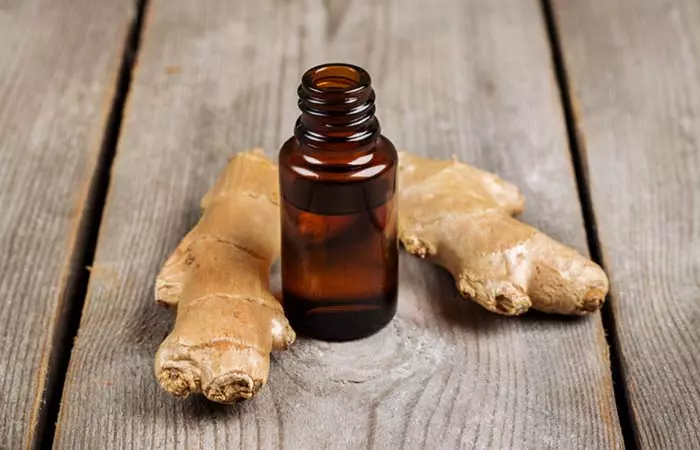
You Will Need
- A few drops of ginger essential oil
- 1-2 tablespoons of carrier oil (Olive oil, jojoba oil or coconut oil)
What You Have To Do
1. Mix the essential oil with the carrier oil.
2. Massage your feet gently with this blend for 5-10 minutes.
3. Leave the oil on overnight.
How Often You Should Do This
Do this before you go to bed.
Why This Works
This oil contains the benefits of ginger without that sting. Ginger has natural anti-inflammatory properties. It improves circulation and also eases cramping caused by swollen feet (19, 20). You can also use cayenne pepper and garlic essential oil to help relieve pain and improve blood circulation (21).
Katisha, a blogger, shared her experience of applying ginger to her swollen, bruised left foot in her personal blog. She said, “Although my foot felt marginally better after I tried remedy (a), there was still some inflammation (i).”
12. Grapefruit Oil

You Will Need
- 4-5 drops grapefruit oil
- 1-2 tablespoons olive oil
What You Have To Do
1. Mix the oils and massage the affected area with the mixture.
2. Leave it on overnight.
How Often You Should Do This
Repeat this every night until the swelling subsides.
Why This Works
This essential oil is a wonderful anti-inflammatory agent because of its diuretic properties. It also possesses antimicrobial properties (22). A foot massage with this oil will definitely help relieve any pain associated with swelling.
13. Ice Pack

You Will Need
Ice pack
What You Have To Do
1. Place the ice pack for 10-12 minutes on the swollen area.
2. If you do not have an ice pack at home, you can make one with some ice cubes and a wet towel. Place the cubes on the towel, wrap it around and use it.
How Often You Should Do This
Repeat the application of the ice pack after a few hours if the swelling does not subside.
Why This Works
Tried and trusted, our ever-faithful ice pack can help here too! The cold temperature of the ice pack alters the blood flow, which reduces swelling and pain (22). It is one of the most effective home remedies for swelling in the legs.
14. Dandelion Tea

You Will Need
- 1 tablespoon dandelion herb
- A cup of boiling water
What You Have To Do
1. Make dandelion tea by adding the herb to boiling water and allowing it to steep for a while.
2. This tea is most effective if you have it while it is warm.
How Often You Should Do This
Have 1-2 cups per day till you find relief from foot edema.
Why This Works
This amazing herb has pretty good effects on swollen feet. Dandelion has water expulsive properties and is also rich in antioxidants (23). It alleviates inflammation in any part of the body effectively.
15. Cucumber

You Will Need
- A cucumber
- Bandage
What You Have To Do
1. Cut the cucumber into thin slices.
2. Place these slices on your feet and cover them with a loose bandage.
3. Remove the bandage after 20-30 minutes and see the difference.
You can also extract the juice of cucumber, add it to water and apply it to your feet to get similar results.
How Often You Should Do This
You can use this remedy any time you experience swollen feet.
Why This Works
The very name is soothing, isn’t it? Cucumber has amazing soothing properties that may reduce edema and stiffness and relieve swollen feet (24).
16. Cabbage Leaves
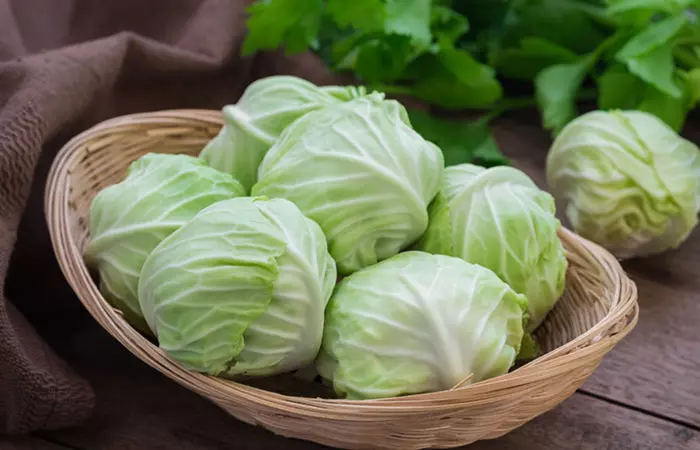
You Will Need
- White or green cabbage
- Bandage
What You Have To Do
1. Take cabbage leaves, wipe them clean, but do not wash them. You may experience more relief if the leaves have been cooled in the fridge (but not frozen).
2. Place them on your swollen feet or tie them there with a loose bandage.
3. Remove the leaves after 30 minutes.
How Often You Should Do This
Do this again after 3-4 hours if required.
Why This Works
Even though this remedy sounds peculiar, it is definitely one of the best ones for swollen feet. Cabbage has great water absorption qualities and will draw out excess fluid in the feet. It also has anti-inflammatory and healing properties (25).
17. Foot Bath For Swollen Feet
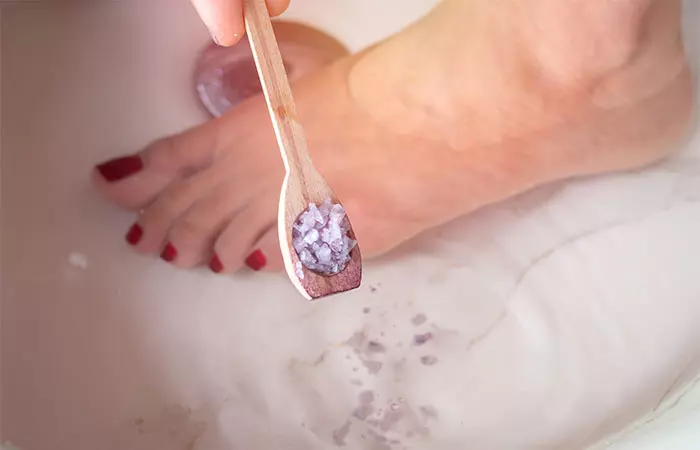
You Will Need
- 1/2 cup of Epsom salt
- A basin of warm water
What You Have To Do
- Fill a basin with warm water.
- Add the Epsom salt to the warm water and stir until it dissolves.
- Sit in a comfortable chair and place your swollen feet in the Epsom salt foot bath.
- Soak your feet for 15-20 minutes, allowing the Epsom salt to work its magic.
- Gently massage your feet during the bath to enhance circulation and relaxation.
- After the foot bath, pat your feet dry with a clean microfiber towel.
How Often You Should Do This
Use this epsom salt foot soak as needed to alleviate swelling and discomfort in your feet.
Why This Works
Epsom has analgesic properties that help reduce pain and swelling (26). The warm water and Epsom salt combination creates a soothing and therapeutic foot bath, providing relief for swollen feet.
Apart from these home remedies, you can also follow some other changes and techniques to help reduce swelling further. Find out more about them in the next section.
Other Remedies For Swollen Feet
- Dietary Adjustments
Studies show that high salt intake may contribute to leg swelling (27). Reducing sodium in your diet may help lower fluid buildup in the legs during the day and decrease nighttime urine production. By cutting back on salt, you may reduce swelling and improve your health. You can incorporate foods rich in potassium and magnesium, such as bananas, avocados, and leafy greens, to help balance body fluids.
- Compression Therapy
Compression socks help reduce leg swelling by applying gentle pressure to your limbs (28). This pressure helps boost blood flow and prevent fluid from building up in the tissues, leading to reduced swelling and making your legs feel more comfortable. Therefore, you can try wearing compression socks to help reduce swelling.
- Elevation Technique
Elevating your legs may help reduce swelling by encouraging fluid to drain away from your lower extremities. Here is how you can elevate your legs properly:
- Find a Comfortable Position: Sit or lie down in a comfortable position.
- Elevate Your Legs: Place your legs on a pillow or cushion so they are raised above the level of your heart. This helps gravity help in moving the fluid away from your legs.
- Maintain the Position: Keep your legs elevated for at least 15-30 minutes at a time, several times a day.
Infographic: Swollen Feet: Underlying Conditions & Treatments
Swollen feet do not always mean you have a serious underlying condition. Even a long flight, prolonged hours of standing, or an injury can cause swollen feet, which should ideally subside in 2-3 days. However, if foot swelling becomes a regular phenomenon, it is a cause for concern, and you must consult a doctor for a diagnosis.
The following infographic gives you an overview of serious underlying conditions of swollen feet and remedial actions to be taken. Take a look! Illustration: StyleCraze Design Team
Swollen feet, or feet edema, is caused due to the accumulation of body fluids in the feet. Staying on your feet all day, tight shoes, certain medications, and some medical conditions may cause fluid accumulation and swelling. Feet edema may or may not be painful, depending on what is causing the swelling. Home remedies for swollen feet include Epsom salt, tonic water, baking soda, essential oils, lemon, apple cider vinegar, dandelion, horse chestnut, butcher’s broom, nettle, juniper berries, and cucumber. However, along with these home remedies to cure edema, you can indulge in some yoga and foot exercises, such as ankle pump exercise, along with resting your feet to relieve the swelling. If you are pregnant and experience swollen feet along with symptoms like infrequent urination, nausea, blurred vision, or abdominal pain, you must seek immediate medical attention.
CAUTION:
Pregnant women who develop infrequent urination, vomiting or nausea, blurred vision, and/or abdominal pain, along with foot edema, must rush to the doctor as it can indicate a life-threatening complication – preeclampsiai A common complication during pregnancy that is characterized by heightened blood pressure and is often accompanied by fluid retention. .
There are many alternative therapies like acupressurei An ancient therapy that uses manual pressure on different points on the body to regulate the flow of energy. , acupuncturei A therapy that treats diseases and pain in different parts of the body by putting needles on different pressure points. , reflexology, and homeopathy for swollen feet. It is best to go for a treatment plan (or solution) that is safe for use and will not give you any side effects. Natural remedies are the best options that easily fulfill this criteria and produce long-lasting results.
For most people, these home remedies have helped them to get back on their feet in a jiffy! So, what are you waiting for? Try these remedies and see the results for yourself.
Frequently Asked Questions
Can dehydration cause swollen feet?
Dr. Tanneberg says, “Dehydration is an extremely common source of inflammation in the feet and ankles that don’t need medical attention, but needs to be addressed. This is because when our bodies don’t have enough water, they crave more water and hold on to any fluid they can. Hence, swelling happens after being dehydrated.”
How do I know if my swollen feet are serious?
According to Dr. Tanneberg, “If the swollen area becomes red, warm, or inflamed, that could be a possible sign of an infection that needs to be addressed by a medical provider.”
What are the symptoms of swollen feet?
Apart from the main symptom of edema or swelling, which causes an increase in the foot and ankle size, the following symptoms can also be seen.
• Pain in the affected area
• Color changes in the skin
• Skin texture changes
• Skin becomes warm and tender
• Ulceration
• Pus drainage
These additional symptoms depend on the underlying cause of the edema (29).
What are the tips to follow to help soothe swollen feet?
Dr. Tanneberg states, “To stop swelling in your feet, you need proper blood flow in and out of your lower legs, which entails your veins and arteries doing their normal job. Sometimes, we need to assist our bodies to help them function at their highest capacity. An easy solution is to elevate your lower legs above your heart to let gravity assist your body in clearing inflammation out of your feet and ankles.” Here’s what you can do:
• Elevate To Alleviate The Swelling – This is something you can try while sitting at work or lying down in bed at home. When at work, prop up your feet on a stool and keep flexing the ankles at regular intervals. When you are in the comfort of your bed, try elevating your feet to the point where they are at least a foot above the heart’s level. Prop them on a cushion or the wall for 5-10 minutes. I have tried it many times, and it is immensely and immediately relieving.
• Check What You Eat – The edema in your feet could very possibly be caused due to poor eating habits. Make sure you include a lot of magnesium, bromelain, rutin, quercetin, and omega-3 fatty acids in your diet as it improves circulation and reduces inflammation. Also, avoid foods high in sodium content as it is known to be water retentive. Avoid all inflammatory foods such as sugar, wheat, grains, dairy, corn, and soy.
• Have Enough Water – Stay as hydrated as possible. Don’t skip those 8-10 glasses of water that every website on healthy living screams about. Protein and uric acid build up in the body, cause foot swelling, and can be washed out by proper hydration.
• Shop For Better Shoes – If you have constant swelling in your feet, it might be due to the wrong footwear. Switch to cushioned shoes that provide enough support to the arches of your feet and send your feet to foot heaven! Opt for low-heeled sandals and also avoid tying your shoelaces too tightly. These will greatly benefit your sore feet.
• Banish The C-A-C – Okay, I just made up that code! It simply stands for Cigarettes, Alcohol, and Caffeine. Removing these three addictive elements from your lifestyle really helps in reducing foot edema, if nothing else. These three create water retention in the body. Whenever fluids build up, they mostly travel to the feet. A good reason to think about quitting now, isn’t it?
• Vitamin E Is The Key – Ensure you take extra amounts of foods rich in vitamin E – the beauty vitamin. Foods such as green leafy vegetables, almonds, pistachios, and sweet potatoes are replete with this vitamin. It is useful in alleviating swelling and stiffness of the feet (30).
How can you relieve swollen feet during pregnancy?
If you are pregnant, it is important that your feet get enough rest. The tips mentioned above, such as propping your feet up and investing in a good pair of compression socks, work well in reducing swelling. You can also use any of the home remedies listed in this article and get quick relief. Some of the most effective ones are Epsom salt, contrast baths, ice packs, and essential oils. Additionally, there are many homemade foot soaks recipes that you can try as well.
If you are planning to use any of the remedies that require you to ingest anything, such as barley water or dandelion tea, please consult your doctor before doing so.
Swollen Feet: Why Does This Happen?
Why is it that your feet are constantly swollen after a day of work or some walking? Some reasons are pretty simple. However, others require some attention. Here is a list to see if your case of swollen feet matches any of these causes:
• Standing Too Long: A long period of standing (or sitting) is the most common and simple cause of swollen feet.
• Injury: If you have sustained an ankle or foot injury recently, you can develop swollen feet for weeks afterwards.
• High Impact Activities: Extreme sports, running, etc. can all be probable causes for swollen feet, especially if you are ill-trained for them.
• Obesity: Well, the feet do carry a whole lot of extra weight; this is their way of complaining!
• Excessive Intake Of Salt And Alcohol: Both of these cause water retention and swollen feet.
• Some Medications: A few medications for diabetes, birth control, depression, etc. enlist edema of the feet as one of their possible side effects. Check with your doctor.
Besides these, some underlying medical conditions, such as arthritis, thyroid problems, allergic reactions, varicose veins, venous insufficiency, and lymphatic obstruction, may also trigger swelling (or edema) in the feet.
Swollen Feet: Who Is At Risk?
If you belong to any or many of the following categories, you are most susceptible to swelling in the feet and/or ankles. Check if you are
• Above age 45
• Pregnant (in the third trimester)
• Obese
• A laxativesi Drugs, foods, or liquids that allow a person to release the solid waste from their body with ease. /diureticsi Drugs or liquids that increase one’s urge to urinate and make one release more sodium through urination. user
• Malnourished
Swollen Feet: When To Seek Medical Help?
Most cases of edema in the feet go away after a little bit of rest and elevating the feet. However, you must consider consulting a doctor if the swelling has started interfering with your normal day-to-day activities. If you develop pain, high temperature, local heat and redness, it is wise to mention this to your doctor.
Do bananas help swollen feet?
The potassium in bananas can help correct the deficit that caused high blood pressure or fluid retention which resulted in swollen feet (30).
Is swollen feet a symptom of diabetes?
Diabetes may impair blood flow. Due to poor circulation, fluid can collect in the feet and ankles and cause swelling.
Which is better for swollen feet – hot or cold water?
You will require regular dips in both hot and cold water to treat swollen feet. Hot water therapy causes the blood vessels to expand and cold water therapy causes the blood vessels to constrict when it is cold. This improves circulation, which helps to decrease and prevent fluid accumulation in the feet and ankles.
Key Takeaways
- Swollen feet might be a result of dehydration, injury, obesity, hormonal change, pregnancy, or inflammation.
- Epsom salt, tonic water, and contrast baths improve blood circulation and may reduce swelling.
- Apple cider vinegar, barley water, and coriander seeds might eliminate excess moisture and may reduce swelling,
- Soaking your feet in cold water or using ice packs may also reduce discomfort.
Illustration: Home Remedies For Swollen Feet Symptoms And Treatments
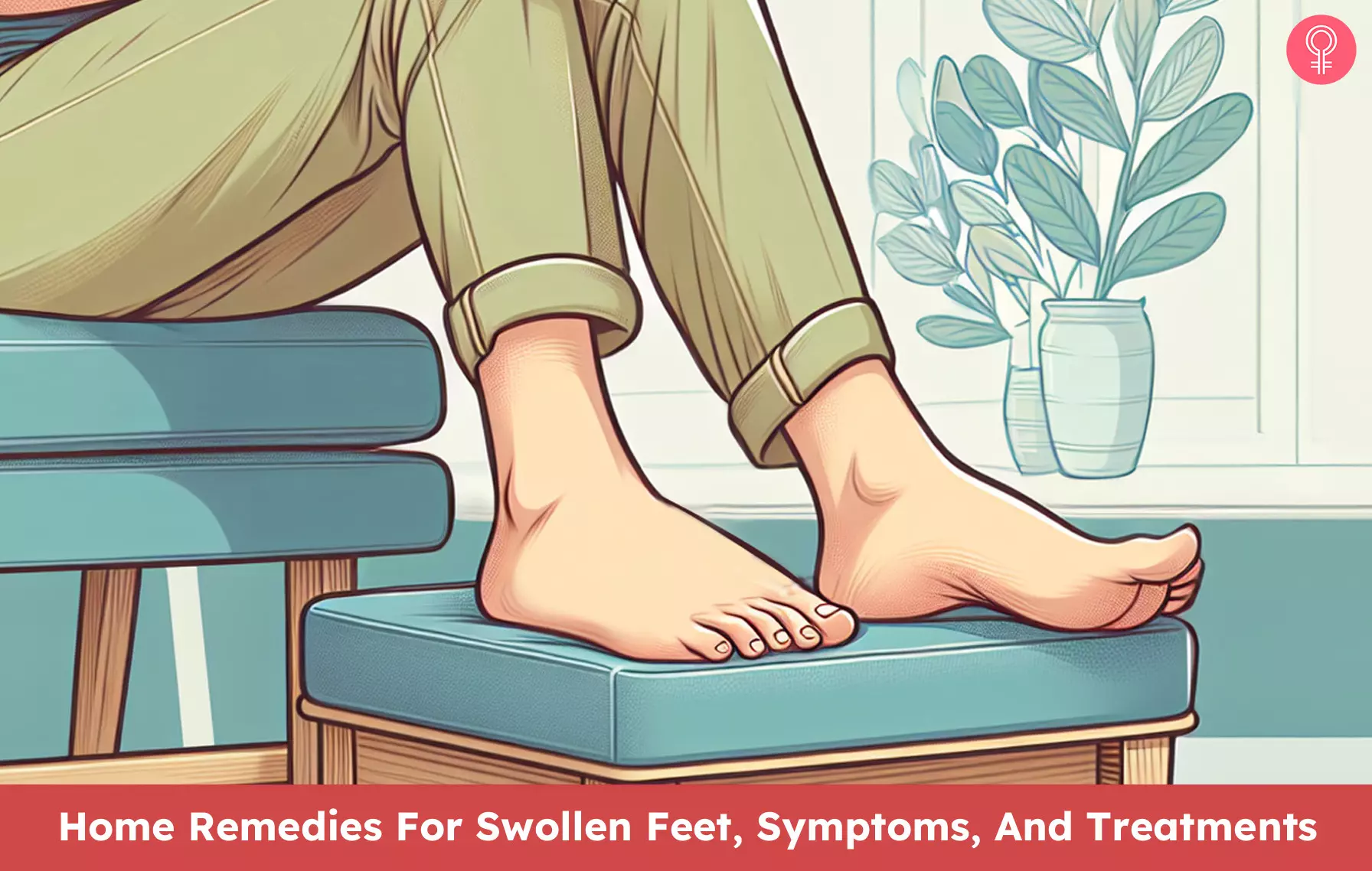
Image: Dall·E/StyleCraze Design Team
Learn about home remedies that can help reduce swollen feet and ankles. Watch this video to discover simple and effective ways to reduce edema naturally.
Personal Experience: Source
StyleCraze's articles are interwoven with authentic personal narratives that provide depth and resonance to our content. Below are the sources of the personal accounts referenced in this article.
i. Tuba-Tuba For My Left Foothttps://catherrera888.wordpress.com/2012/12/21/tuba-tuba-for-my-left-foot/
Read full bio of Dr. Abby Kramer
- Dr. Matt Tanneberg, DC, CSCS, is a sports chiropractor and Certified Strength and Conditioning Specialist who works with elite athletes from the NFL, MLB, NHL, USA Track and Field, NCAA, and high school. He has 8 years of experience in helping clients and athletes achieve their goals.
 Dr. Matt Tanneberg, DC, CSCS, is a sports chiropractor and Certified Strength and Conditioning Specialist who works with elite athletes from the NFL, MLB, NHL, USA Track and Field, NCAA, and high school. He has 8 years of experience in helping clients and athletes achieve their goals.
Dr. Matt Tanneberg, DC, CSCS, is a sports chiropractor and Certified Strength and Conditioning Specialist who works with elite athletes from the NFL, MLB, NHL, USA Track and Field, NCAA, and high school. He has 8 years of experience in helping clients and athletes achieve their goals.
Read full bio of Kushneet Kukreja
Read full bio of Ramona Sinha
Read full bio of Monomita Chakraborty





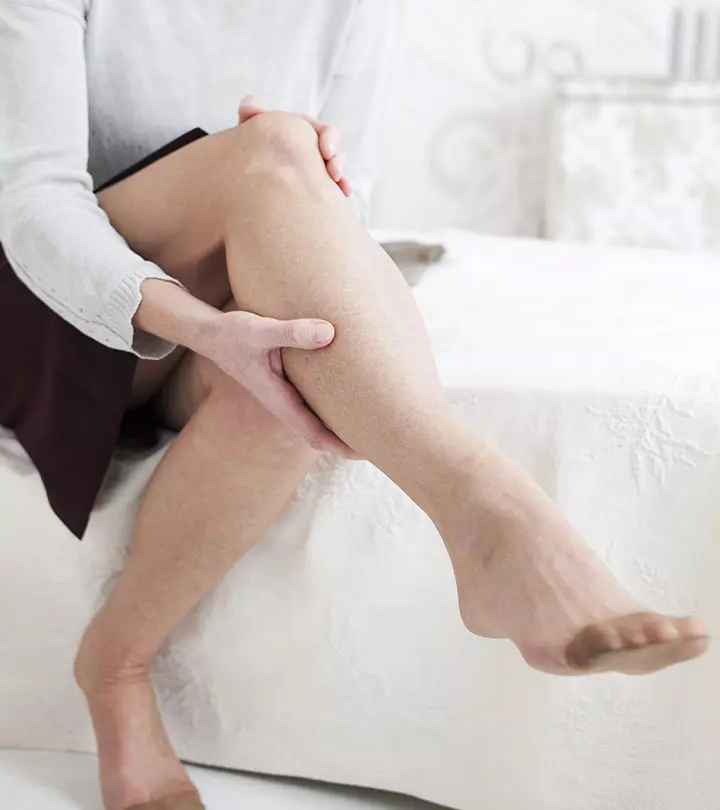

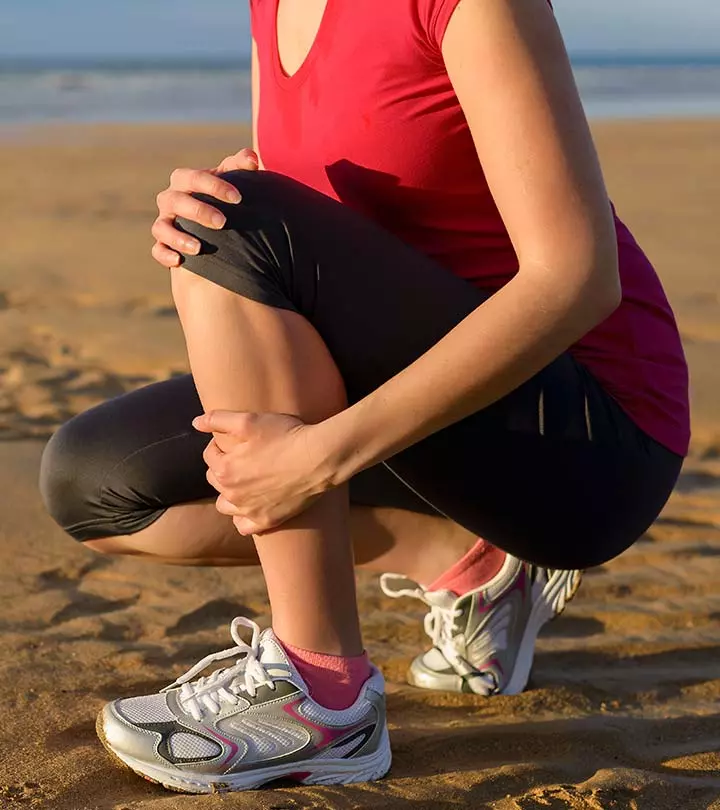



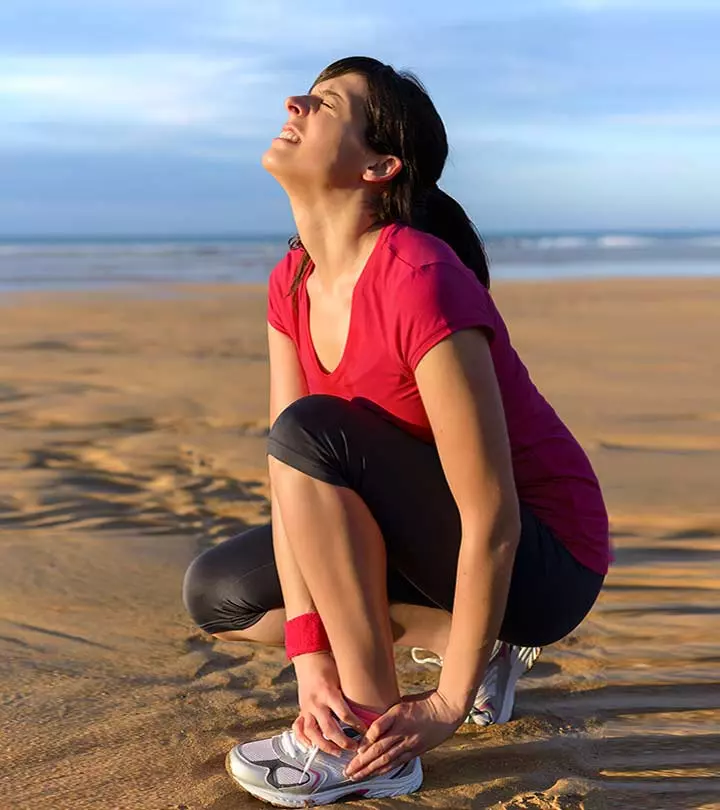


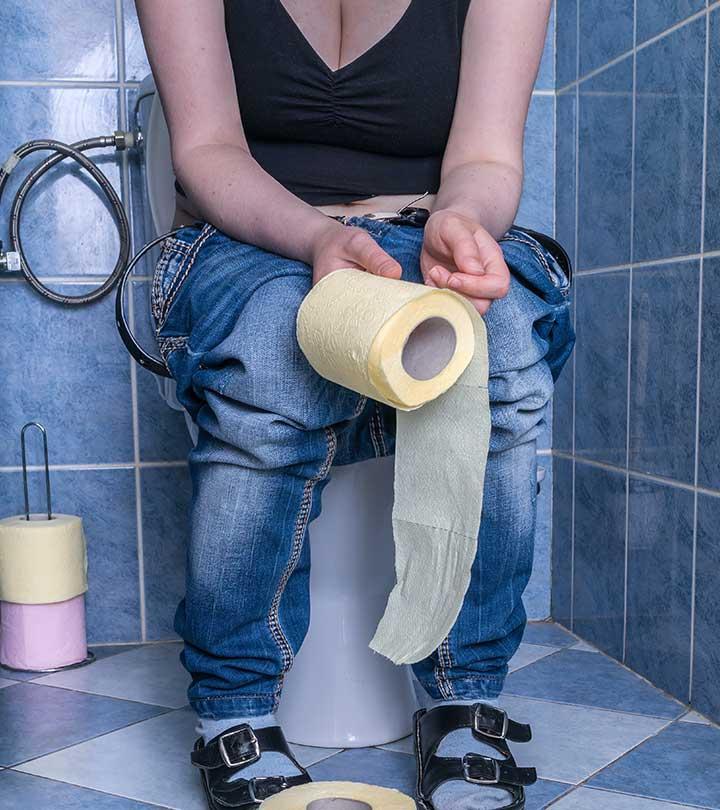




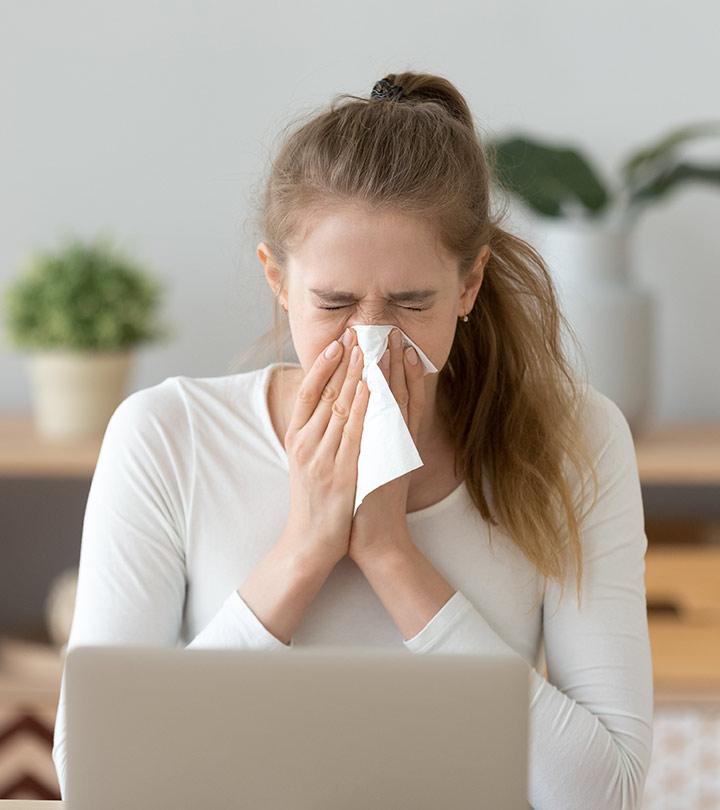

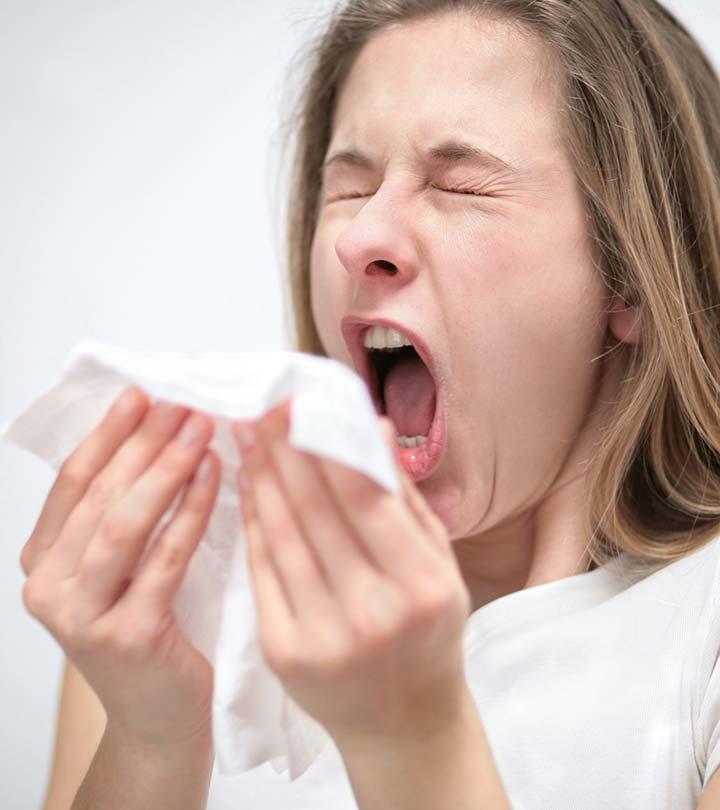

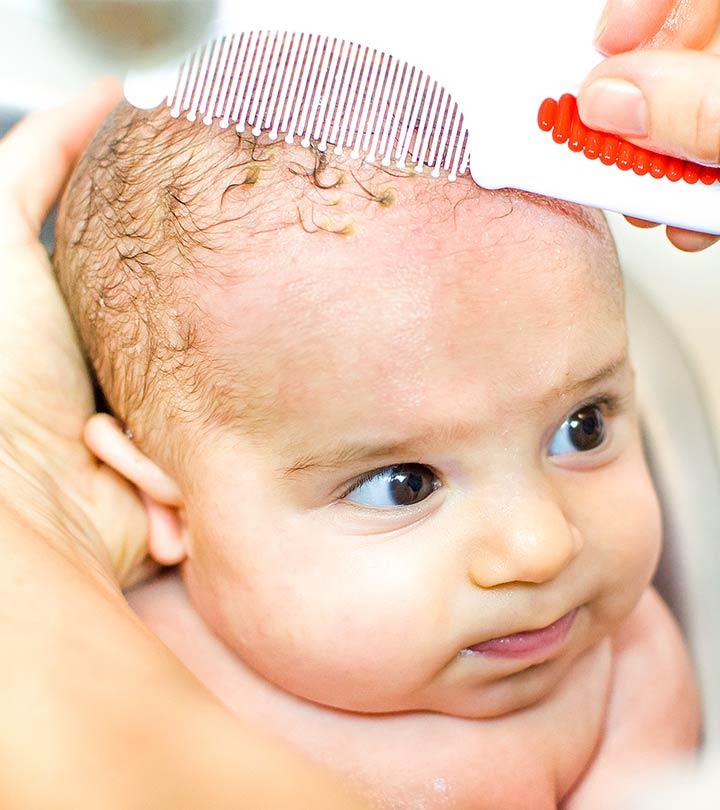


Community Experiences
Join the conversation and become a part of our empowering community! Share your stories, experiences, and insights to connect with other beauty, lifestyle, and health enthusiasts.